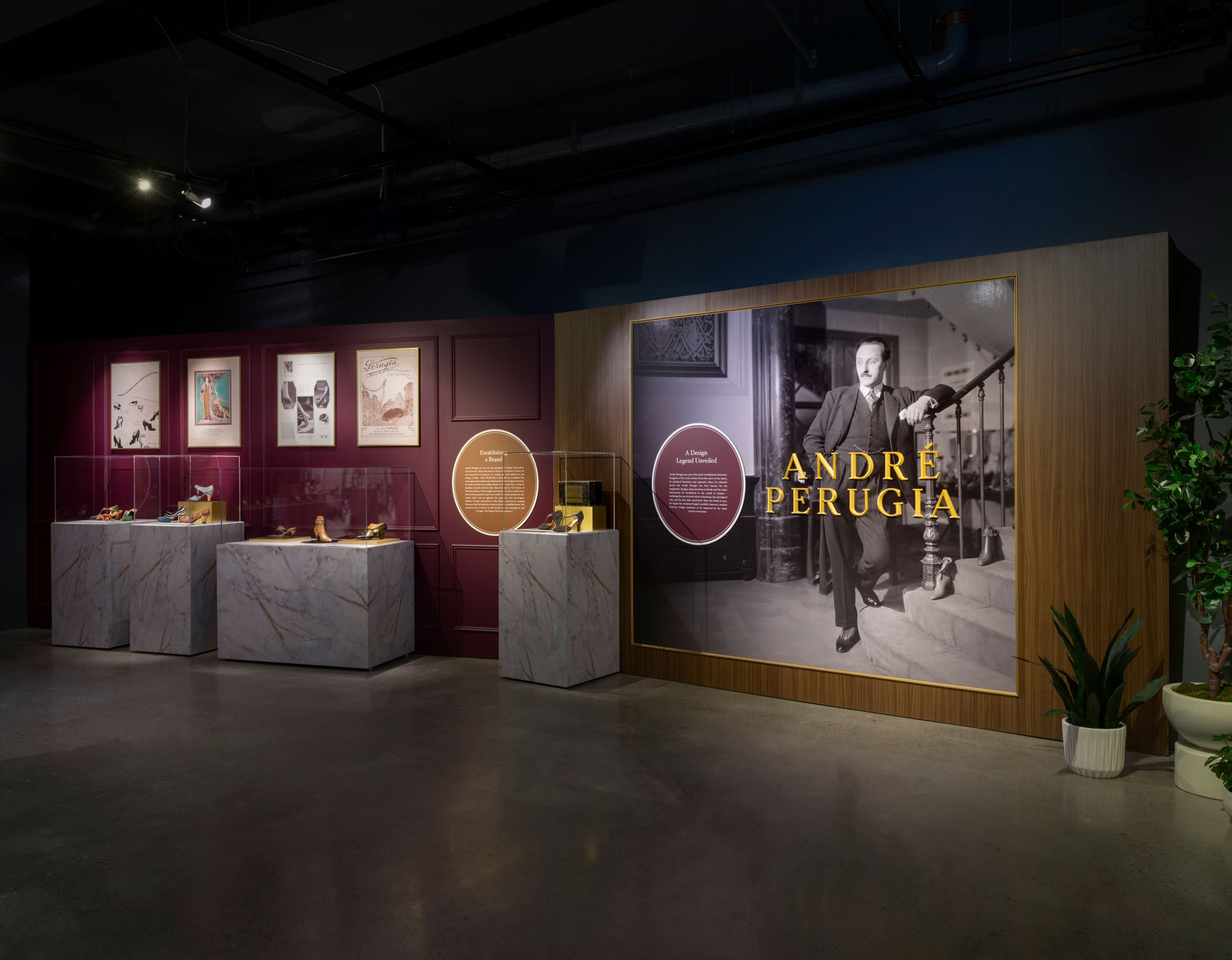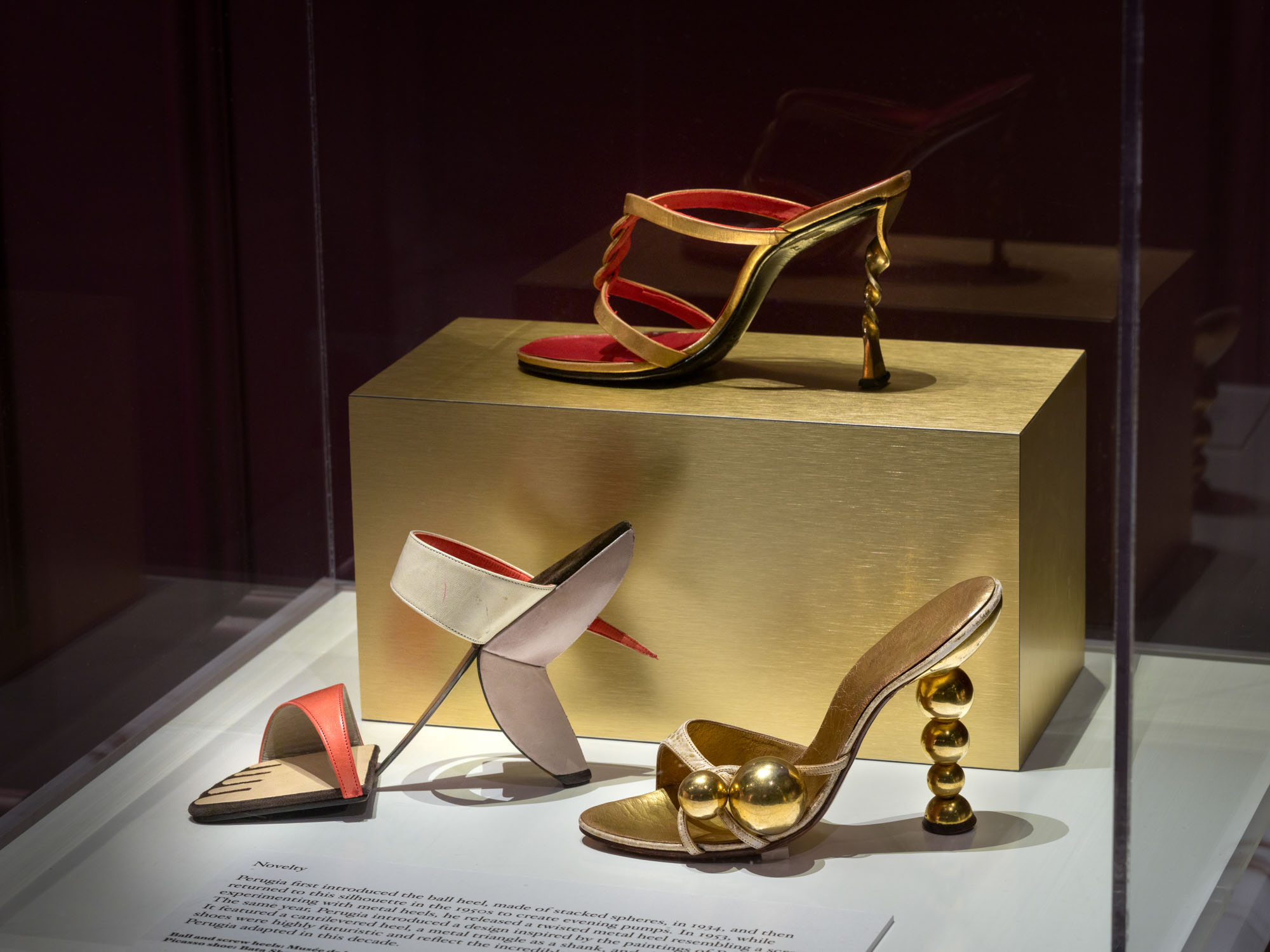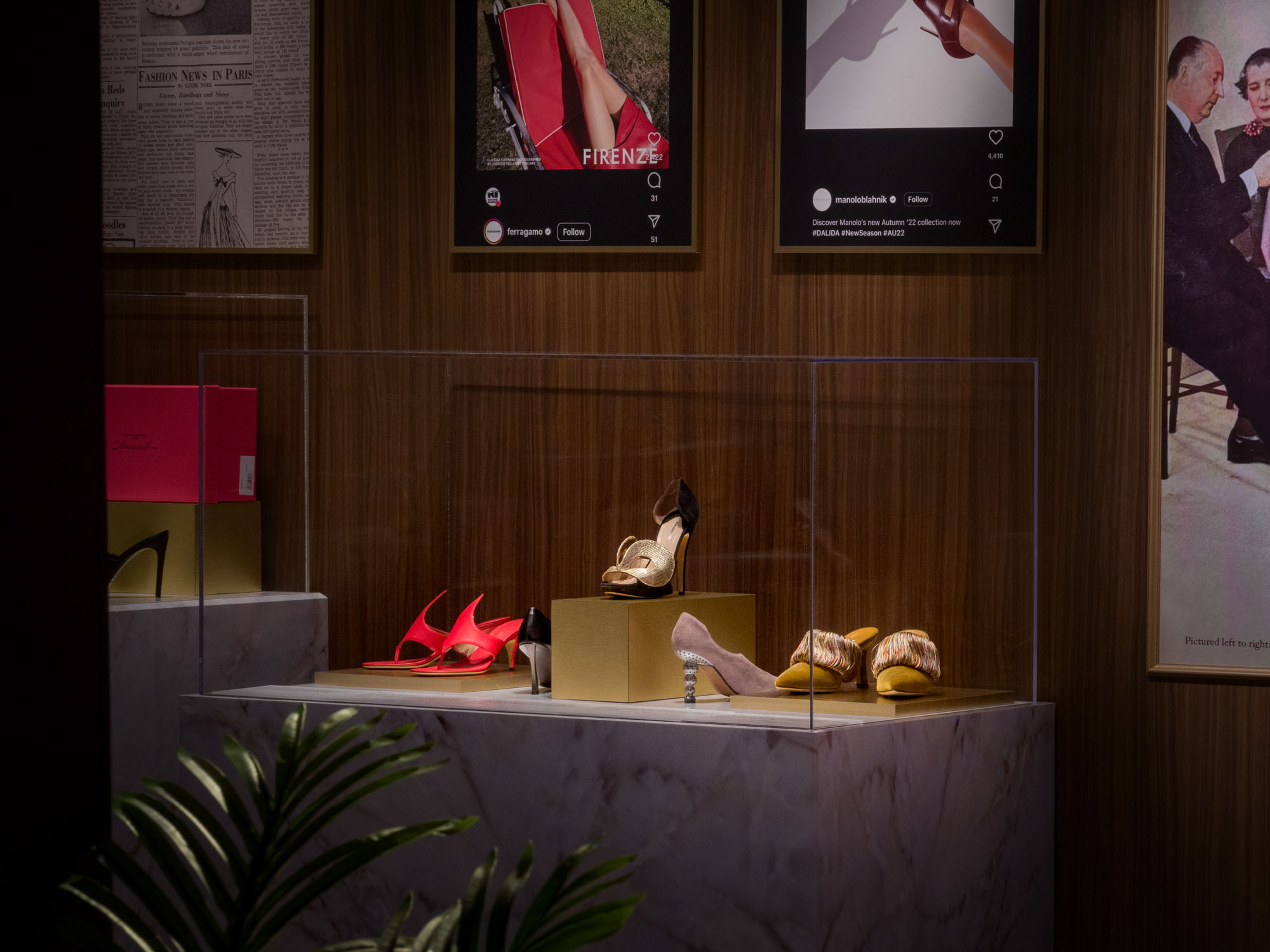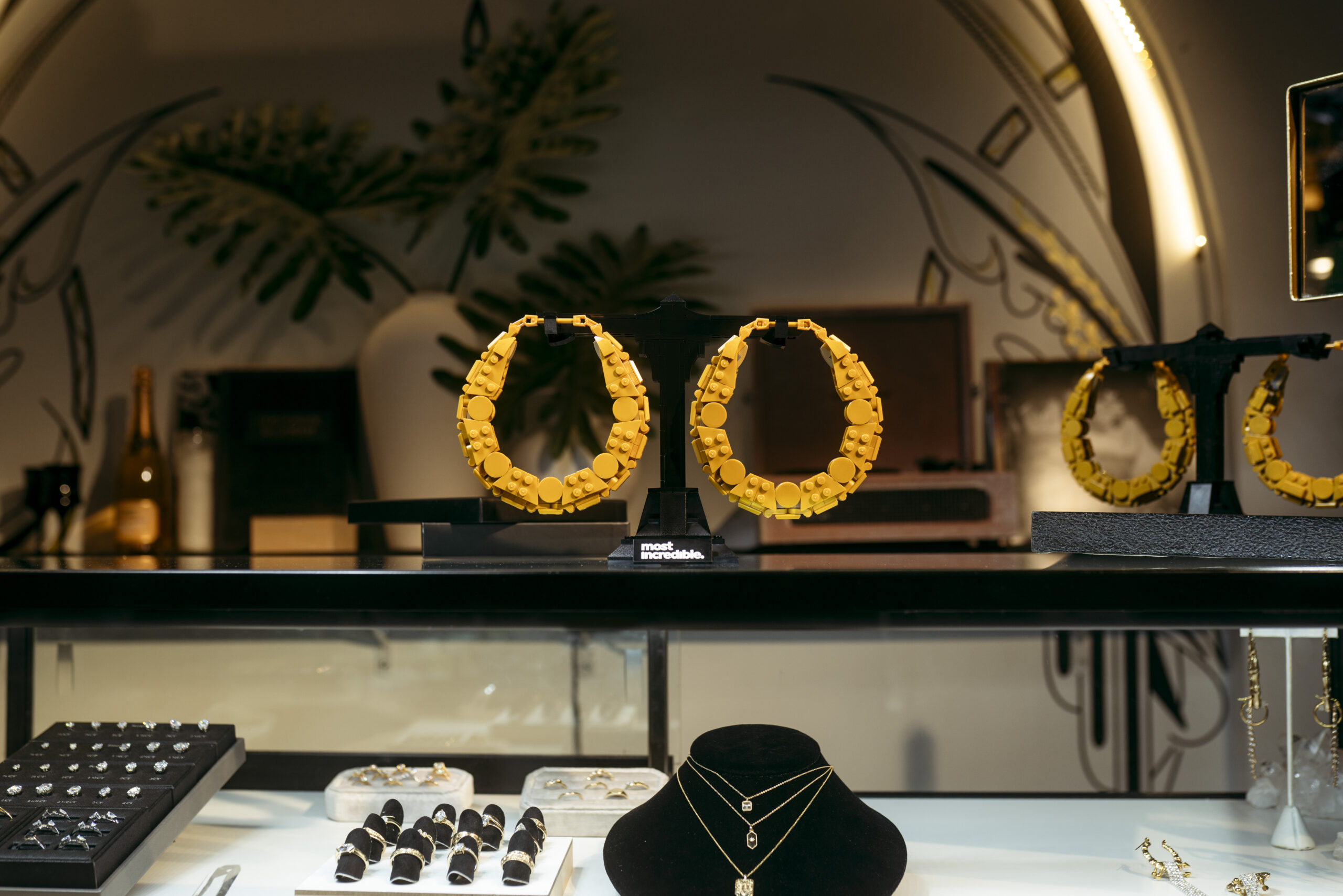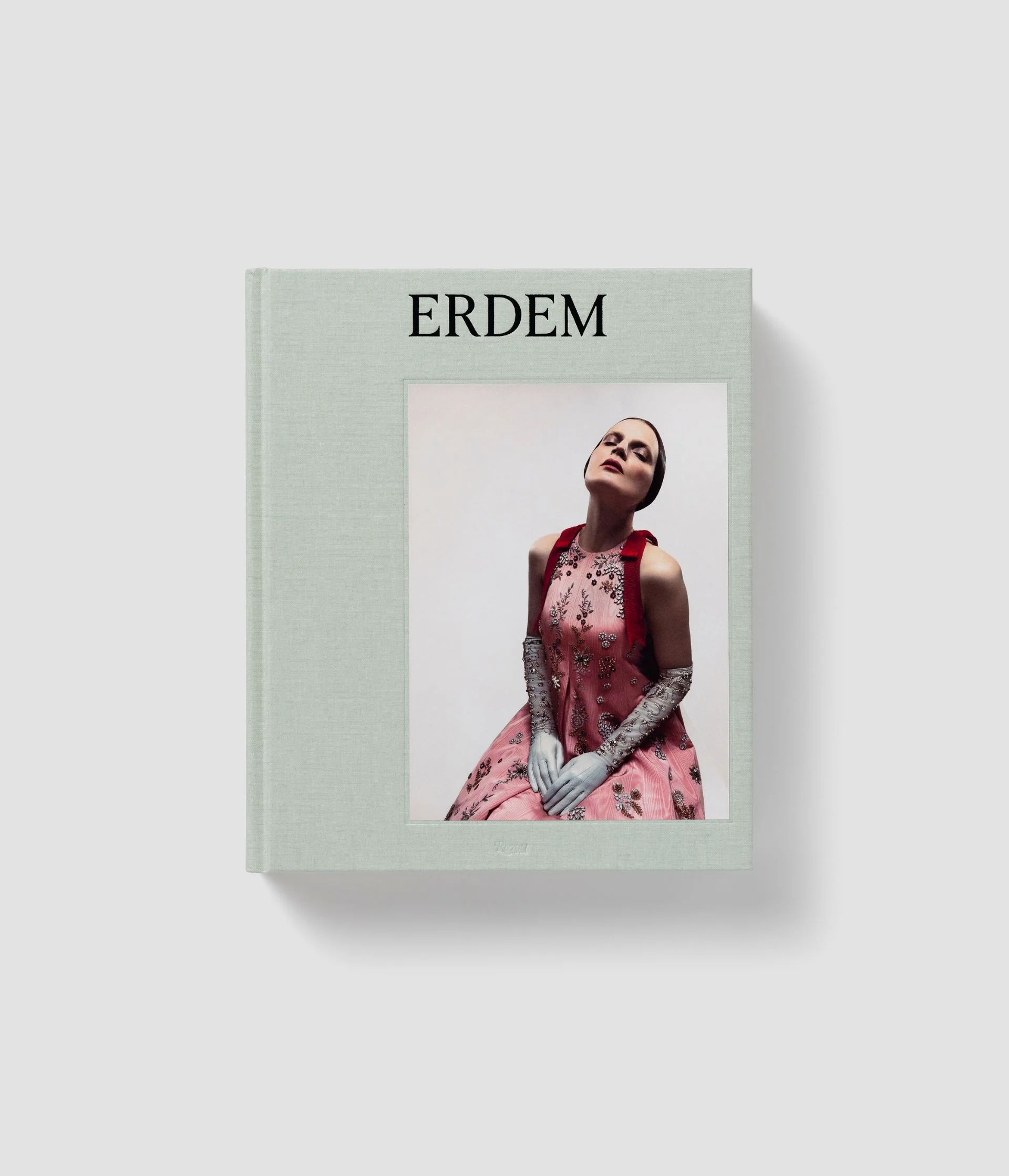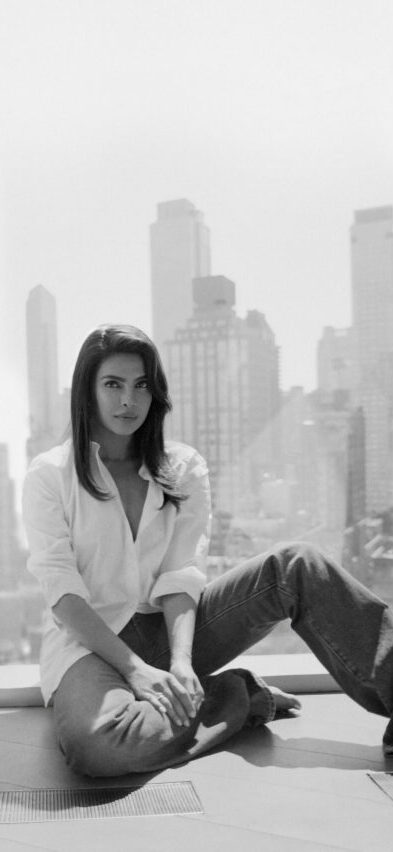A new exhibition at Toronto’s Bata Shoe Museum restores André Perugia to his rightful place in fashion history — the engineer, artist and provocateur who modernized the shoe.
Long before today’s headline-making designers, André Perugia was rewriting the rules of shoe design. The late Italian-French shoemaker, who designed for Schiaparelli, Chanel, Dior and more in the mid-20th century, has had a lasting mark on what we wear on our feet — not that most of us know it. Nicholas Kirkwood’s masked shoe. Manolo Blahnik’s accordion mules. Schiaparelli’s trompe-l’œil shoes. Clergerie’s blade heel. All roads lead back to Perugia.
“He altered the vocabulary of footwear design,” says curator Nishi Bassi. “[Shoe designer] Benoit Méléard said this phrase, which has been stuck in my head: ‘Perugia’s DNA is everywhere, and people just don’t see it.’”
They can see it now: Perugia’s body of work is the subject of a new exhibition at Toronto’s Bata Shoe Museum, called André Perugia: A Design Legend Unveiled. Curated by Bassi, it chronicles his career from a Nice-based shoemaker following in the footsteps of his father and grandfather to creating designs for the Paris runways.
Perugia was born in 1893 and was discovered by Paul Poiret in the 1910s, which catapulted his career, but his eye for craft and innovation was always present. One of the first pairs of shoes he designed were made entirely of rhinestones. “Right out the gate, he was setting himself apart,” says Bassi of this bold design. He pioneered the use of exotic skins and other materials, playing with silhouette, form (he patented the modern articulated sole, which bends to natural movement) and style. “He was very daring and established himself as the cream of the crop when it came to footwear design.”
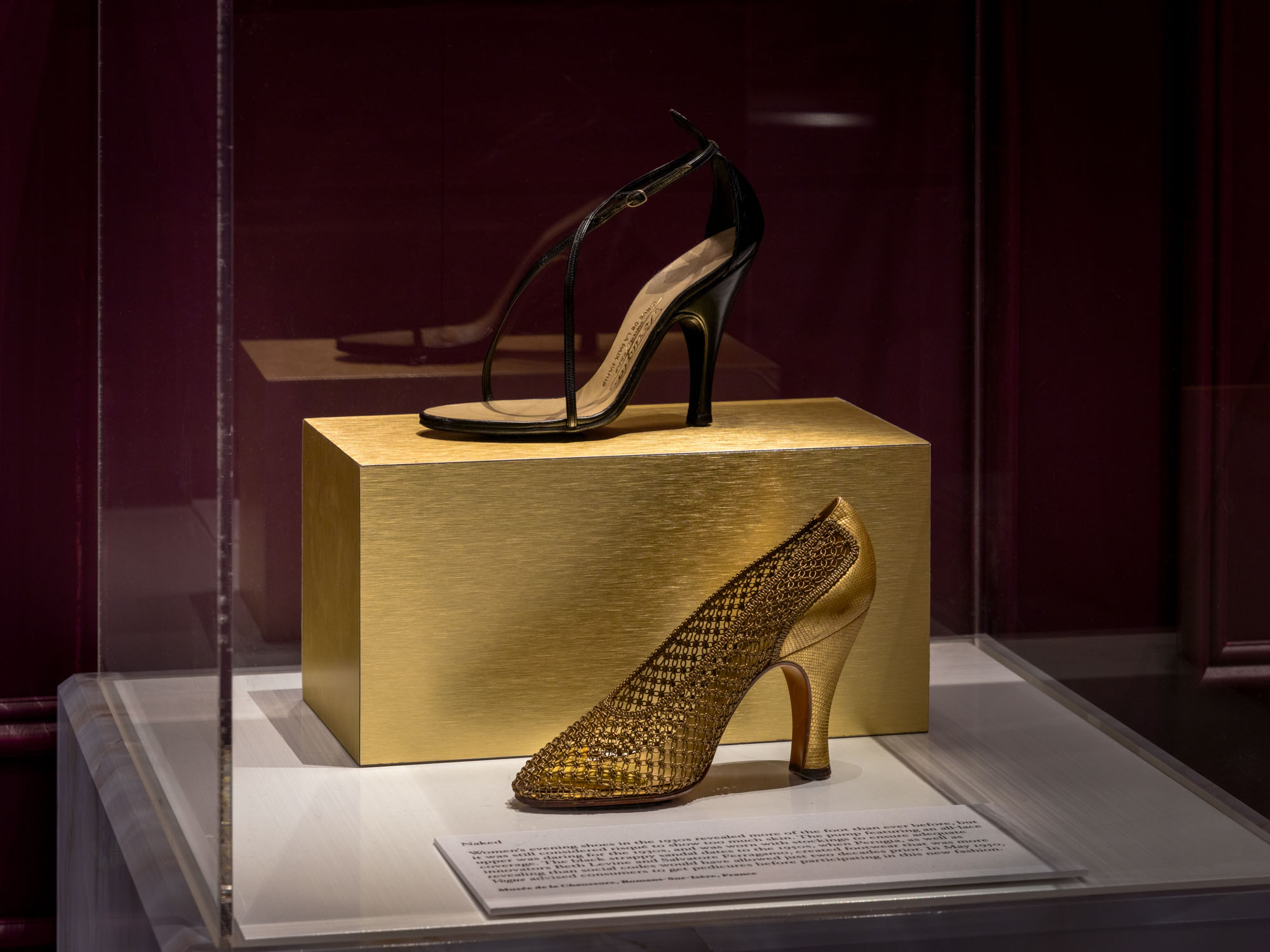
2025 Bata Shoe Museum. Photography: DARREN RIGO
2025 Bata Shoe Museum. Video: LILAC MEDIA GROUP.
His artistic eye became stronger over the years. He embraced cubism and surrealism, creating his 1950s shoe with toe outlines inspired by artist Fernand Léger, which Daniel Roseberry introduced for Schiaparelli in 2021. Perugia collaborated with Elsa Schiaparelli often over the years — his most infamous design for her was his monkey fur boots, which are on display in the exhibition. Theirs was a fluid partnership that he said “inspired some of his most successful ideas.”
A scholar of art, he was influenced by Picasso (he made a shoe in his honor) and never shied away from the new or avant garde. A fetish-inspired pair of heels he made in the late 1930s for French singer Arletty would look right at home on a Versace runway in 2025. “He looks so set in his time, but the footwear is really very modern. You could actually wear a lot of what he designed today,” says Elizabeth Semmelhack, director and senior curator at the Bata Shoe Museum.
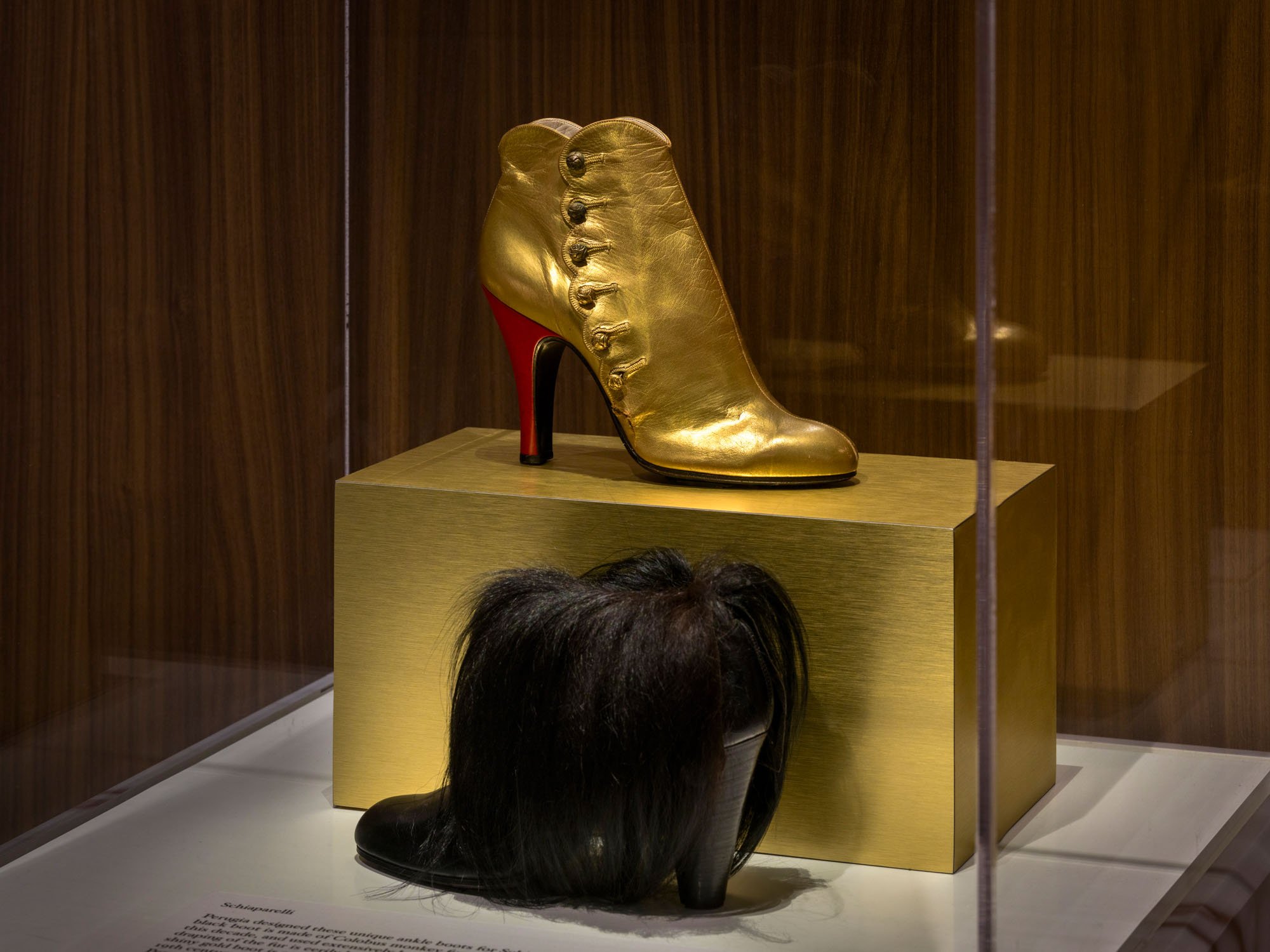
Two of his designs for Schiaparelli, including the monkey fur boot. 2025 Bata Shoe Museum. Photography: DARREN RIGO

2025 Bata Shoe Museum. Photography: DARREN RIGO
As much as he was a designer, he was an engineer, an architect, an inventor. In 1940, he patented the shankless heel (the shank is the middle part that connects the sole and heel); Harper’s Bazaar described this design as “beautiful, bizarre, and wonderfully comfortable.” He dreamed up shoes with interchangeable heels or no heels at all. “It’s part of his trend of, what can he take away from a shoe and still have it be this very elegant statement. He’s seeing the shoes as sculpture,” says Semmelhack. “He’s adventurous. He’s willing to try different materials, different forms and challenge what a shoe can be.”
Perugia was the first to use a steel heel (previously they were made from wood or stacked leather), creating the blade heel in 1951. During the Second World War, steel technology grew leaps and bounds and Perugia, himself a veteran, harnessed this for his craft. “It’s a feat of engineering. Being steel, it could be super thin, but it supports the weight of a wearer. This step allowed for the innovation of the stiletto,” says Semmelhack.
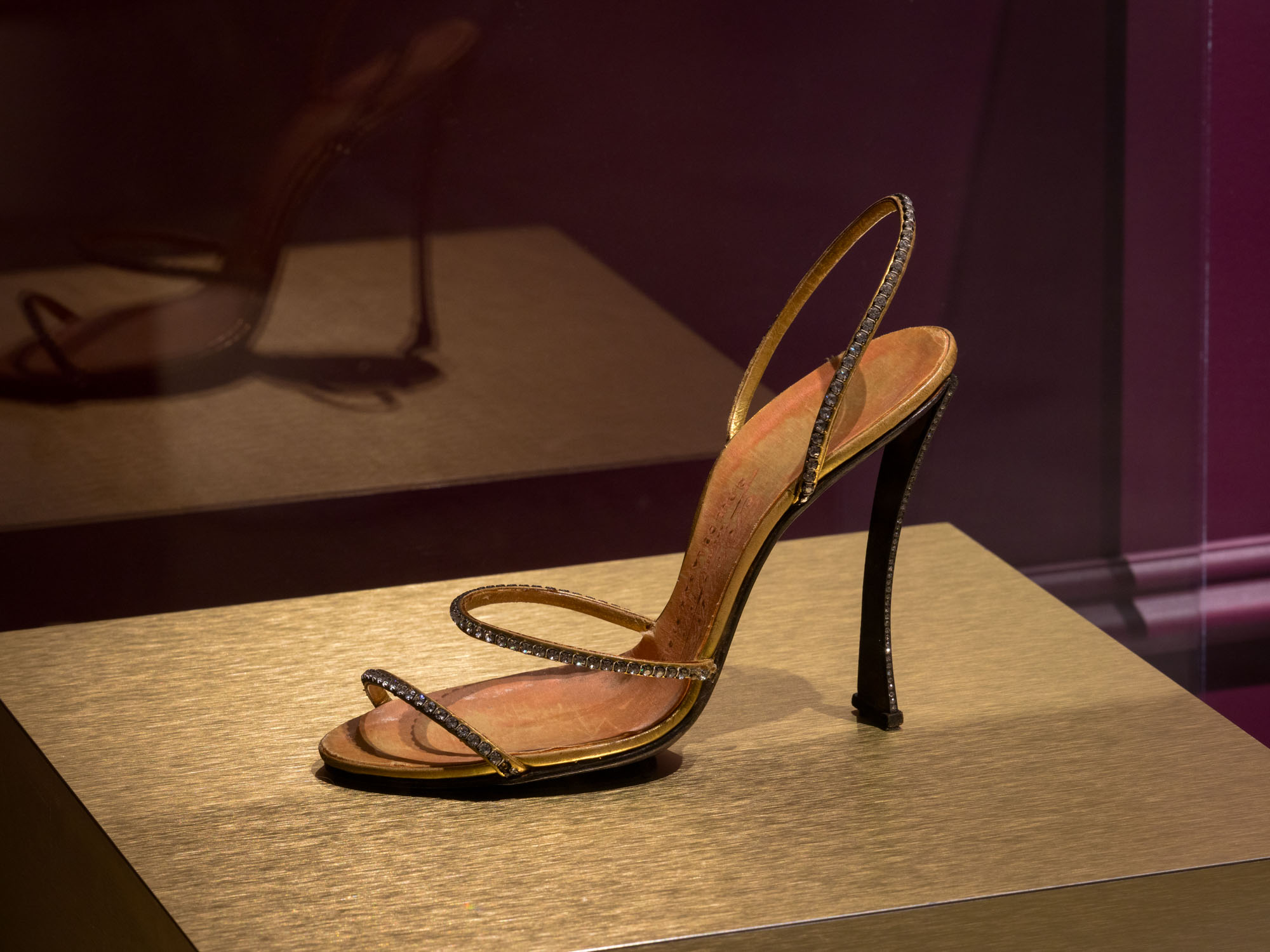
Perugia’s blade heel. 2025 Bata Shoe Museum. Photography: DARREN RIGO
So why do so few people know his name?
It’s complicated.
Historically we haven’t paid all that much attention to footwear, notes Bassi, who is currently in Paris continuing her research to write a book on Perugia. “A lot of his contemporaries, like Ferragamo and Vivier, those brands live on, or they were revived, so they have that name recognition,” she says. “But Perugia, when he died in 1977, the name went with him. It’s not until the late ‘90s and early 2000s when shoe designers actually enter pop culture: The Jimmy Choos and the Manolo Blahniks and Christian Louboutins. Perugia faded into the background.”
Not anymore. The exhibition runs until April 2027 and will be rotated every six months to showcase more shoes from his archives, the majority of which are on loan from the Musée de la chaussure Romans-sur-Isère in France.
Run, don’t walk, to see it. Maybe just wear your flats.
Read next:
— The Fantasy and Reality of Fashion’s First Influencer: Marie Antoinette Style Opens at the V&A
— Juergen Teller’s New Exhibition Started as a Love Letter
